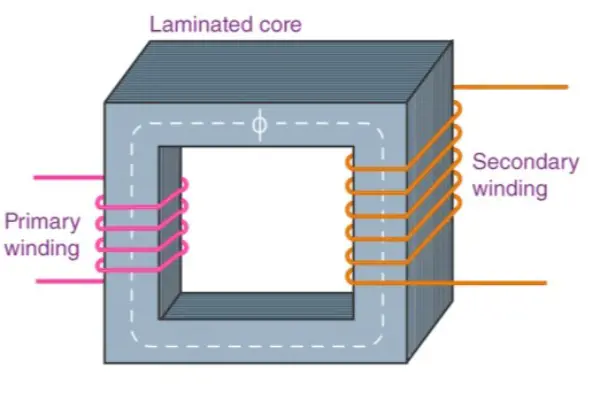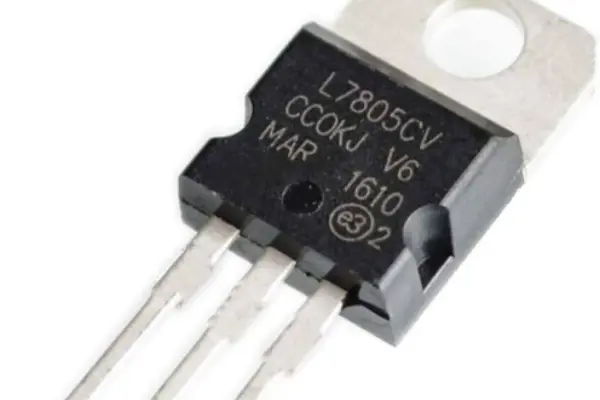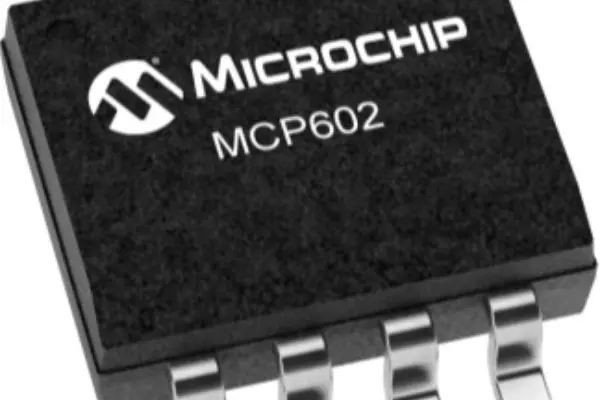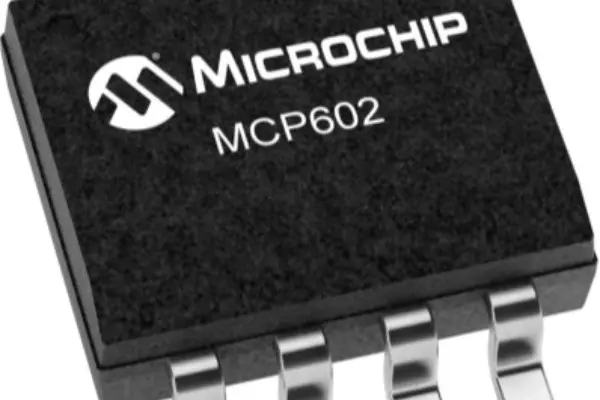Transformer vs Inverter: What are Differences
 Published: Nov 13, 2023
Published: Nov 13, 2023
Contents
In the dynamic landscape of power electronics, two essential components that often spark confusion are transformers and inverters. While both play critical roles in managing electrical power, they serve distinct purposes and operate in different ways. Understanding the difference between a transformer and an inverter is fundamental for anyone delving into the world of electrical systems, whether as a professional engineer or an enthusiastic DIYer.
In this article, we'll unravel the distinctions between transformers and inverters, exploring their functions, principles, and the diverse applications where each proves invaluable.
What is Transformer
A transformer is a passive component that transfers electrical energy from one circuit to another or to multiple circuits. A varying current in any of the coils of a transformer produces a varying magnetic flux in the core of the transformer, which induces a varying electric potential (EMF) in any other coils wound on the same core. Electrical energy can be transferred between separate coils without a metallic (conducting) connection between the two circuits. Faraday's Law of Induction, discovered in 1831, describes the effect of induced voltage in any coil due to a change in the magnetic flux surrounding the coil.
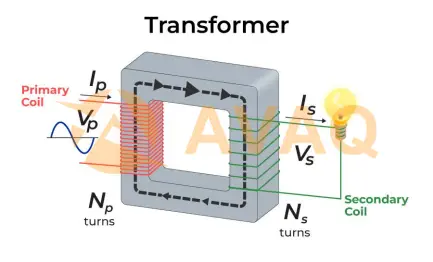
Transformers are used to change the level of AC voltage, these transformers are known as step-up or step-down types and are used to increase or decrease the voltage level respectively. Transformers can also be used to provide current isolation between circuits as well as to couple the stages of signal processing circuits. Since the invention of the xxx constant potential transformer in 1885, transformers have become an important part of the transmission, distribution and utilization of alternating current. A wide variety of transformer designs are encountered in electronic and power applications. Transformer sizes range from radio-frequency transformers less than one cubic centimeter in size to units weighing hundreds of tons for interconnecting power grids.
What is Inverter
#1 Concept
An inverter is a converter that converts DC power (batteries, storage batteries) into fixed frequency, fixed voltage or frequency and voltage regulated alternating current (generally 220V, 50Hz sine wave). It consists of inverter bridge, control logic and filter circuit. Widely used in air conditioning, home theater, electric grinding wheel, power tools, sewing machine, DVD, VCD, computer, TV, washing machine, range hood, refrigerator, VCR, massager, fan, lighting and so on.
#2 Working Principle
An inverter is a DC to AC transformer, which is actually a voltage inversion process with a converter. The converter is to transform the AC voltage of the grid into a stable 12V DC output, while the inverter is to transform the 12V DC voltage output from the Adapter into a high-frequency high-voltage alternating current (AC); the two parts of the same are used more pulse width modulation (PWM) technology. The core part is a PWM integrated controller, the Adapter is UC3842, the inverter is used TL5001 chip. TL5001 operating voltage range of 3.6 ~ 40V, its internal set of an error amplifier, a regulator, oscillator, deadband control of the PWM generator, low-voltage protection circuit and short-circuit protection circuit and so on.
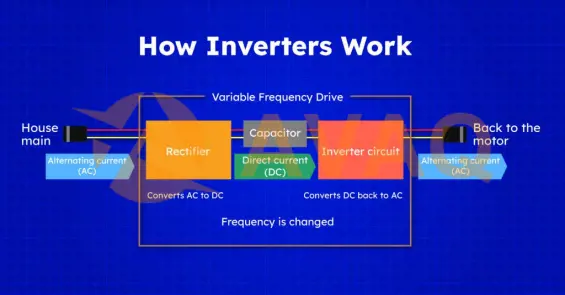
Input interface part: There are three signals in the input part, 12V DC input VIN, work enable voltage ENB and Panel current control signal DIM. VIN is provided by the Adapter, ENB voltage is provided by the MCU on the main board, and its value is 0 or 3V, when ENB=0, the inverter does not work, and ENB=3V, the inverter is in the normal working state; and DIM voltage is provided by the main board, and its value is 0 or 3V, and the inverter is in the normal working state. DIM voltage is provided by the main board, and its variation range is between 0 and 5V. Different DIM values will be fed back to the feedback terminal of PWM controller, and the current provided by the inverter to the load will be different, and the smaller the DIM value is, the larger the current output from the inverter will be.
Voltage start circuit: When ENB is high, it outputs high voltage to light up the backlight tube of Panel.
PWM Controller: It has the following functional components: internal reference voltage, error amplifier, oscillator and PWM, over-voltage protection, under-voltage protection, short-circuit protection, and output transistor.
DC converter: the voltage converter circuit is composed of MOS switching tube and energy storage inductor, the input pulse is amplified by push-pull amplifier to drive the MOS tube to do the switching action, which makes the DC voltage charge and discharge the inductor, so that the other end of the inductor can get the AC voltage.
LC oscillation and output circuit: ensure the 1600V voltage needed for the lamp to start, and reduce the voltage to 800V after the lamp starts.
Output Voltage Feedback: When the load is working, the feedback sampling voltage is used to stabilize the voltage output of the I-inverter.
#3 Role
The inverter is to convert DC power (battery, storage battery) into AC power (generally 220v50HZ sine or square wave). In layman's terms, an inverter is a device that converts direct current (DC) to alternating current (AC). It consists of an inverter bridge, control logic and filtering circuit.
Simply put, an inverter is an electronic device that converts low-voltage (12 or 24 or 48 volts) DC to 220 volts AC. The inverter is so named because it usually rectifies 220 volts AC to DC for use, while the inverter does the opposite. In a "mobile" era, mobile office, mobile communication, mobile leisure and entertainment. In the mobile state, not only do you need low voltage DC power supplied by batteries or electric batteries, but you also need 220V AC power which is indispensable in the daily environment, and an inverter can fulfill the needs.
#4 Application
Here's a list of common applications for inverters:
- Residential Power Backup: Inverters are commonly used in homes to provide backup power during blackouts. They can be connected to batteries to store energy when the grid is operational and supply power when needed.
- Solar Power Systems: Inverters are a crucial component in solar power systems. They convert the DC electricity generated by solar panels into AC electricity suitable for household or grid use.
- Wind Power Systems: Similar to solar power systems, inverters are used in wind turbines to convert the variable DC output from the turbine into a stable AC output.
- RV and Marine Applications: Inverters are used in recreational vehicles (RVs) and boats to convert DC power from batteries into AC power for running appliances and devices.
- Uninterruptible Power Supply (UPS): Inverters are a key component in UPS systems, providing seamless power backup during electrical outages to prevent data loss or damage to sensitive equipment.
- Telecommunications: Inverters are used to ensure a stable power supply for critical telecommunication equipment, such as cell towers and data centers.
- Remote Power Stations: Inverters are employed in remote areas where connecting to the grid is not feasible. They can convert power from generators or renewable sources for local use.
- Emergency Lighting Systems: Inverters are used in emergency lighting systems to ensure continuous lighting during power failures.
3 Key Questions about Transformer vs Inverter
#1 Is an inverter a transformer?
Inverter and transformer are two different electronic devices, although inverter and transformer are both used for electrical energy conversion, but their working principle, function and realization are very different.
A transformer is an electrical device that is mainly used to convert electrical energy from one voltage level to another. A transformer has two or more coils that produce energy transfer through electromagnetic induction. Specifically, it utilizes the laws of electromagnetism and the property of magnetic materials to couple with each other to create a magnetic flux between the two coils of the transformer, which allows the conversion of electrical energy from one voltage level to another at the input.
An inverter, on the other hand, is an electrical device that is primarily used to convert direct current (DC) energy into alternating current (AC) energy. Inverters usually use semiconductor components and control the on and off states of these components to generate and control the shape of the AC current. Inverters are usually connected to DC power sources such as batteries or solar panels to convert DC power to AC power, thus enabling the control of power electronic devices.
Although both inverters and transformers are used for electrical energy conversion, they have very different operating principles, applications and characteristics. A transformer can be thought of as a voltage level regulator, for example, to change the voltage level in grid transmission, whereas an inverter is the key module that converts DC power into AC power.
#2 Can an inverter be used as a transformer?
Inverters and transformers have different functions and cannot replace each other.
Transformer is a device that can change the size of the voltage of alternating current (AC). The basic principle is to use electromagnetic induction to change the size of the voltage by using the change of current in an AC circuit. Transformer will be high-voltage electricity into low-voltage electricity, or low-voltage electricity into high-voltage electricity, in order to meet the needs of different occasions on the voltage. Transformers are used in a wide range of applications, such as regulating supply voltage, preventing circuit overloads and short circuits, boosting and bucking, and so on.
And inverter is a kind of electronic equipment that can convert DC power into AC power. Its basic principle is to convert DC power into AC power through the combination of switching of electronic components and circuits such as rectifiers and filters. Inverters are widely used in solar panels, electric vehicles, UPS power supplies, lighting and other fields. The use of inverters converts DC power into AC power, thus meeting the need for AC power in different situations.
Therefore, inverters and transformers are two different electronic devices, inverters cannot replace transformers for voltage conversion, and transformers cannot replace inverters for converting DC power into AC power.
#3 Is a solar inverter a transformer?
Solar inverters are not transformers, they are two different types of electronic devices.
Solar inverters are typically used to convert the direct current (DC) generated by photovoltaic panels into alternating current (AC) electrical energy used in the utility for convenience in domestic, commercial and industrial purposes. The inverter acts as a power electronic device so that the DC power generated by the PV panels is converted into AC power suitable for use through a series of circuits such as electronic switches.
Solar inverters utilize a range of electronic components such as IGBTs (Insulated Gate Bipolar Transistor), MOSFETs (Metal Oxide Semiconductor Field Effect Transistors), etc. These components convert the AC output signal into AC power suitable for use. These components take the AC output signal and by changing the switching state, they can effectively convert DC power into AC power with the appropriate voltage and current.
However, transformers are widely used in large-scale solar power plants, etc., which can convert DC power from one grid to AC power from another grid. Transformers can also change the voltage from a high voltage to a low voltage or from a low voltage to a high voltage to match the needs of various applications.
Thus, although inverters and transformers are both power electronic devices, there is a difference in their functions and the way they are implemented.
Transformer vs Inverter: What are Differences
Transformers and inverters are both electrical devices, but they serve different purposes and have distinct functions. Here are the key differences between transformers and inverters:
💎Function:
- Transformer: Transformers are passive electrical devices that transfer electrical energy between two or more circuits through electromagnetic induction. They change the voltage level of an alternating current (AC) without changing its frequency.
- Inverter: Inverters are active electronic devices that convert direct current (DC) to alternating current (AC). They are used to change the power from a DC source, such as batteries or solar panels, into AC power.
💎Purpose:
- Transformer: Transformers are primarily used for voltage regulation and power distribution in AC systems. They step up (increase) or step down (decrease) the voltage levels as needed for transmission and distribution.
- Inverter: Inverters are used for a variety of purposes, including converting DC power from sources like batteries or solar panels to AC power for use in homes, industries, or other applications.
💎Input and Output:
- Transformer: Transformers have an input and output side, both handling AC. The input and output voltages are related by the turns ratio of the transformer.
- Inverter: Inverters have a DC input (from a battery or another DC source) and an AC output. They generate an AC waveform from the DC input.
💎Waveform:
- Transformer: Transformers do not change the waveform of the AC voltage; they maintain the same waveform as the input.
- Inverter: Inverters generate AC output with a specific waveform, typically a sine wave, square wave, or modified sine wave, depending on the type of inverter.
💎Applications:
- Transformer: Transformers are widely used in power distribution networks, electrical appliances, and various electronic devices to match voltage levels.
- Inverter: Inverters find applications in solar power systems, uninterruptible power supplies (UPS), electric vehicles, variable-speed motor drives, and any other application where DC needs to be converted to AC.
💎Active/Passive:
- Transformer: Transformers are passive devices, meaning they do not require an external power source to operate.
- Inverter: Inverters are active devices, requiring an external power source (DC input) to produce AC output.
What are the Differences between Rectifier, Inverter, Converter and Transformer (Video)
In this video, you will learn the main differences between the rectifier, inverter, converter and transformer.
Further Reading: Transformer vs Converter: What are Differences >>
Conclusion
In conclusion, the distinction between transformers and inverters is fundamental to navigating the complexities of electrical systems. As technology advances, the demand for efficient power management continues to grow, making transformers and inverters integral components in various applications.
 FAQ
FAQ
- What is the role of transformers in voltage regulation?
- Transformers are crucial for voltage regulation in power distribution systems. They help step up or step down the voltage levels to match the requirements of different parts of the power grid.
- Can inverters be used in off-grid power systems?
- Yes, inverters are commonly used in off-grid power systems, such as those powered by solar panels or wind turbines. They convert the DC power stored in batteries to AC power for use in homes, cabins, or remote locations.
- Can a transformer convert DC to AC or vice versa?
- No, a traditional transformer works with alternating current (AC) only. It relies on the changing magnetic field associated with AC to induce a voltage in the secondary winding. To convert DC to AC, an inverter is used.
- Are transformers and inverters used in renewable energy systems?
- Yes, both transformers and inverters play crucial roles in renewable energy systems. Transformers are used for voltage transformation and distribution, while inverters are used to convert the DC power generated by sources like solar panels or wind turbines into AC power for use in homes and the electrical grid.
DCP020515DU In Stock: 7422
 Popular Industry Focus
Popular Industry Focus
Hot Products
-

TPS65100PWP
Texas Instruments, Inc
4-CH LCD Bias w/ Fully Int. Pos. Charge Pump, 3.3V LDO Contr., 1.6A Min. Boost Ilim, Fault & VCOM
-
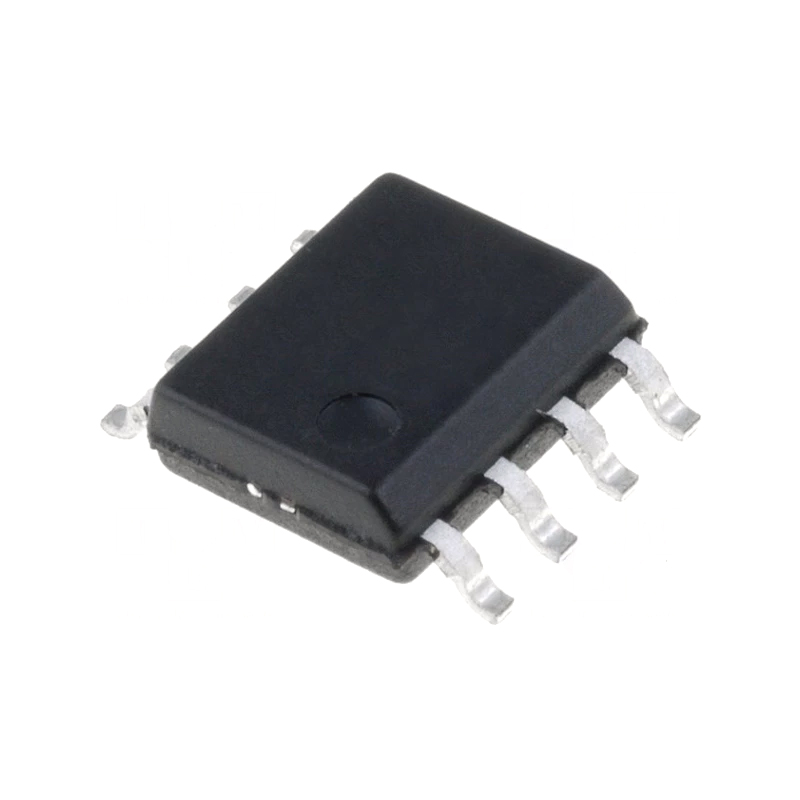
TPS2041AD
Texas Instruments, Inc
0.5A loading, 1A ILIMIT, 2.7-5.5V, 80mΩ USB power switch, active-low
-
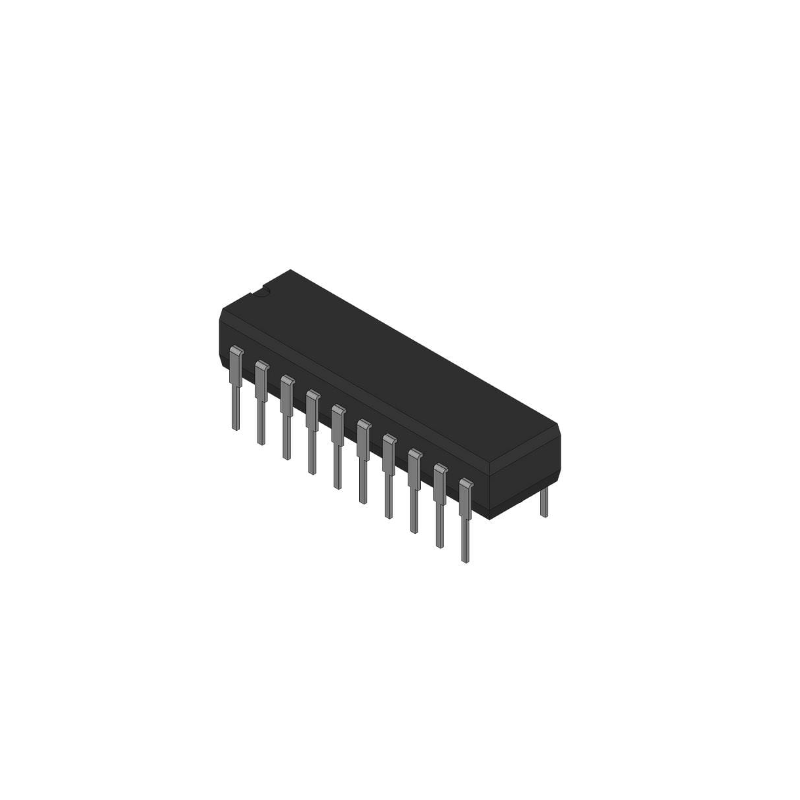
UCC28512N
Texas Instruments, Inc
PFC IC Average Current 200kHz 20-PDIP
-

TPS54315PWPR
TI
Buck Switching Regulator IC Positive Fixed 2.5V 1 Output 3A 20-PowerTSSOP (0.173", 4.40mm Width)
-

LMC662CMX/NOPB
Texas Instruments, Inc
Dual, 15.5-V, 1.4-MHz, low-offset-drift operational amplifier
-

LM193DRG4
Texas Instruments, Inc
Dual military grade standard comparator
Related Parts
-

THM 15-2422
TRACO Electronic AG
DC-DC Converter, Medical, Dual, 15W, 18-36Vin, +-12Vout, 625mA, THM 15 Series | TRACO Power THM 15-2422
-

TMA 1515D
TRACO Electronic AG
Module DC-DC 15VIN 2-OUT 15V/-15V 0.034A/0.034A 1W 5-Pin SIP
-

TRS 2-0921
TRACO Electronic AG
Isolated DC/DC Converters - SMD 2W 4.5-13.2Vin +/-5V +/-200mA SMD Iso Re
-
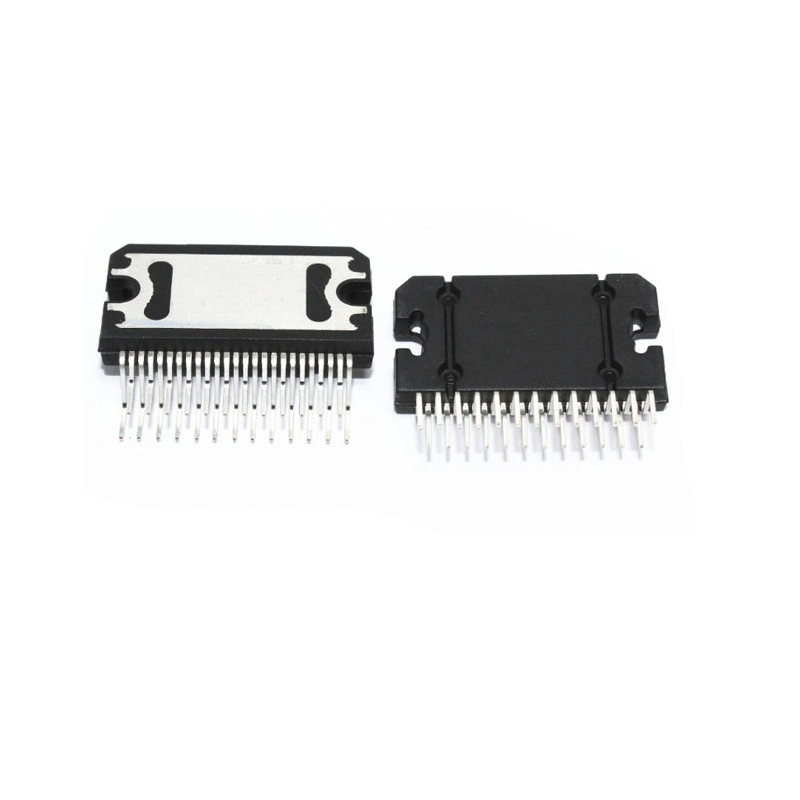
RO-1205S
RECOM Power GmbH
Isolated DC/DC Converters - Through Hole 1W DC/DC 1kV UNREG 12Vin 5Vout
-

REC6-2412DRW/R10/A
RECOM Power GmbH
Module DC-DC 24VIN 2-OUT 12V/-12V 0.25A/-0.25A 6W 6-Pin DIP Tube
-
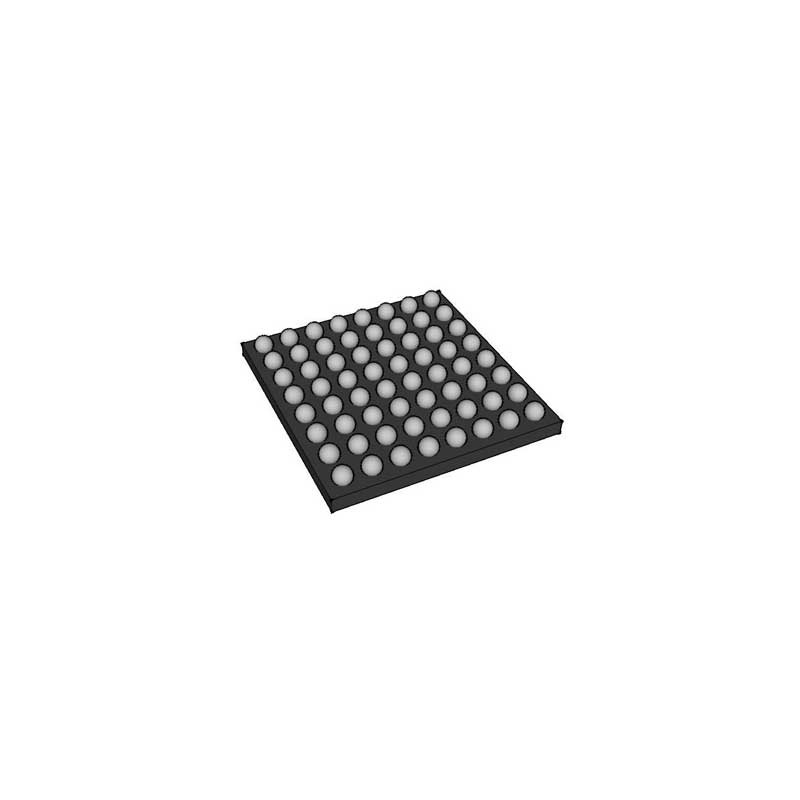
VX7812-500-W
CUI Inc
Non-Isolated DC/DC Converters dc-dc non-isolated, 0.5 A, 15-36 Vdc input, 12 Vdc output, Wire Lead
-

RM-3.33.3S
RECOM Power GmbH
Module DC-DC 3.3VIN 1-OUT 3.3V 0.076A 0.25W Medical 4-Pin SIP Tube
-
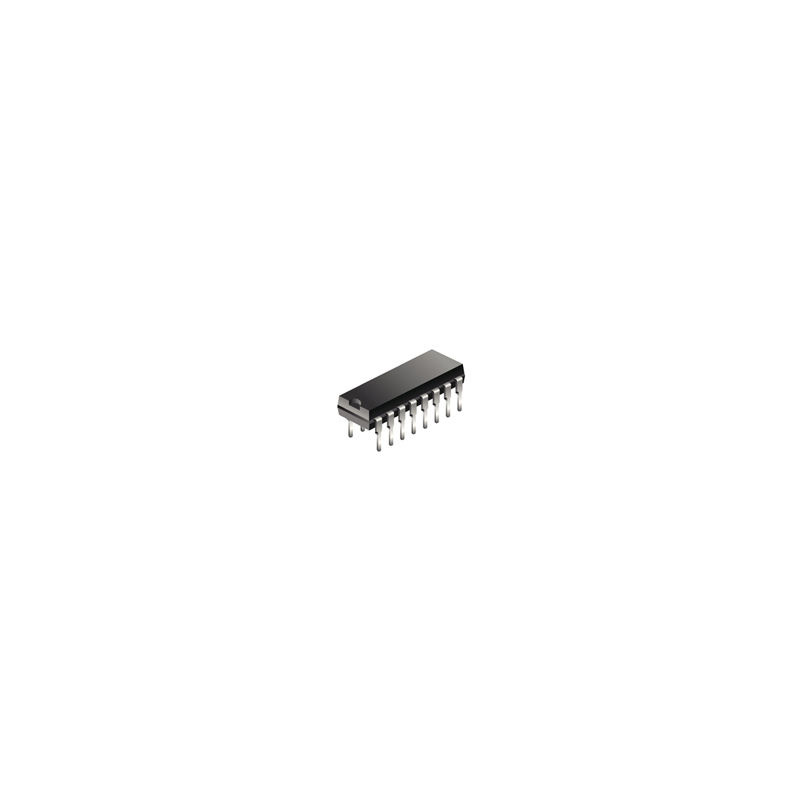
TIM 3.5-1219
TRACO Electronic AG
Isolated DC/DC Converters - Through Hole 9-18Vin 9V 389mA 3.5W DIP-16 Iso Med
-

PYBJ3-D5-S15-M
CUI Inc
Module DC-DC 5VIN 1-OUT 15V 0.2A 3W 6-Pin SMD Module Tray
-
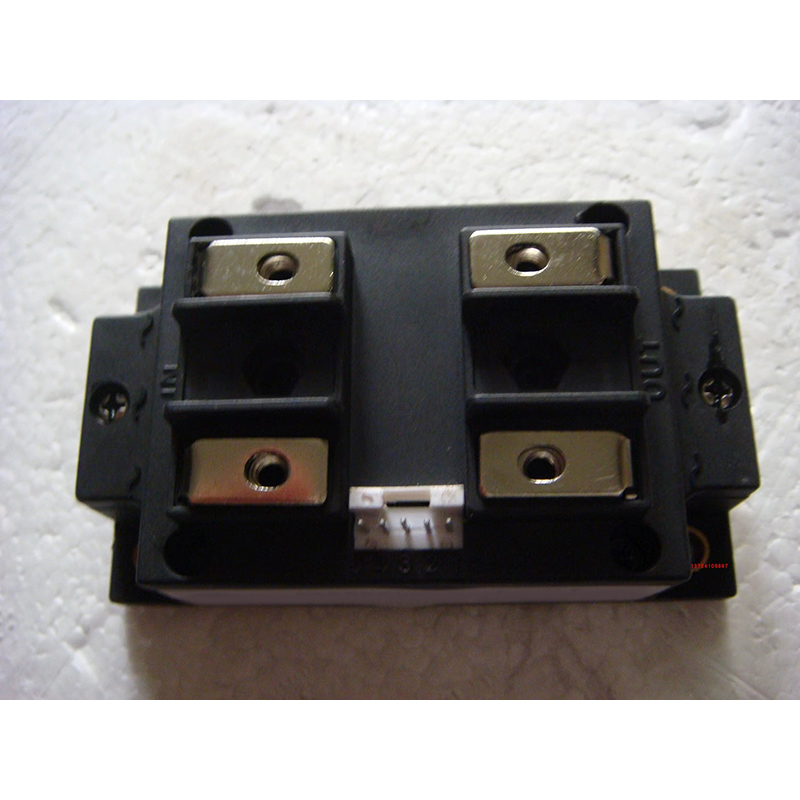
LMZ31503RUQT
TEXAS INSTRUMENTS INC
4.5V to 15V, 3A Step-Down Power Module in 9x15x2.8mm QFN Package

 Update Time: Nov 15, 2023 Consumer Electronics
Update Time: Nov 15, 2023 Consumer Electronics